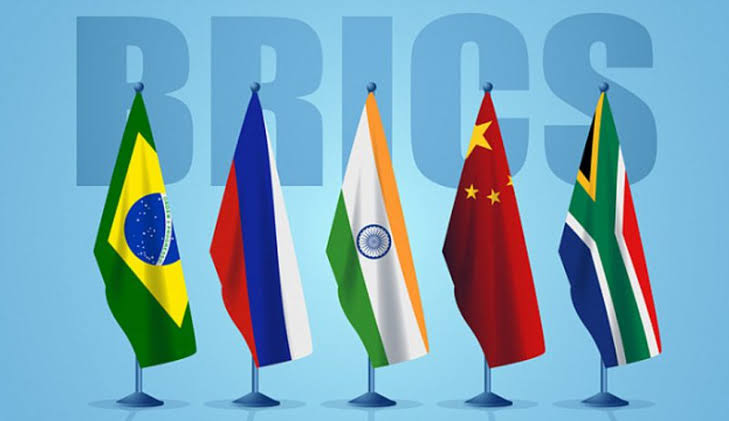The next BRICS meeting, which will be held in Russia in October, will be very different because it will include five more countries than the original five, which were Brazil, Russia, India, China, and South Africa.
BRICS Welcomes Five New Members:
The addition of Egypt, Ethiopia, Iran, Saudi Arabia, and the United Arab Emirates marks a big change in the world, with more than two major powers competing for power and strong middle powers standing up to the Western-led order.
It’s worth noting that Argentina, whose new president is Javier Milei, has chosen not to join the growing BRICS club of nations. South Africa became the fifth member of the BRICS in 2010, adding a “S” to the group’s name a year after it was founded.
People see this move as a planned attempt to change the global order into a multipolar world where views from the Global South are heard more on the world stage. The fact that Saudi Arabia and the UAE are now part of the group shows that international relations are changing.
It shows that the world is becoming more multipolar and that middle powers are becoming more confident in their ability to challenge the current Western-led order. That being said, it also shows how hard it is to reach common goals in a diverse “global south.”

BRICS to welcome five new members in January
The two biggest economies in the Arab world, Saudi Arabia and the UAE, are likely to find new ways to spend as the BRICS group grows. High interest rates, inflation, and political unrest around the world have made things unpredictable, but Saudi Arabia and the UAE have kept their economies growing by focusing on diversifying their economies.
Saudi Arabia had the fastest annual growth rate of any of the world’s 20 biggest economies in 2022, at 8.7%. The International Monetary Fund predicts that the economy will grow by another 0.8% in 2023. This shows that the kingdom is serious about its Vision 2030 development plan, with a focus on its non-oil economy.
In the same way, the UAE expects its economy to do well in 2023, with a growth rate of 3.4%, and even better in 2024, with a growth rate of 3.7%. A new report from the World Bank shows that many areas are doing well, such as tourism, real estate, building, transportation, manufacturing, and capital expenditure.
The UAE is strong in the face of world economic problems because it is committed to diversification and non-oil sectors.
The geopolitical scene is about to change even more as these fast-growing economies join the BRICS group. This will open up new ways for people around the world to work together and help the world’s economies grow.






